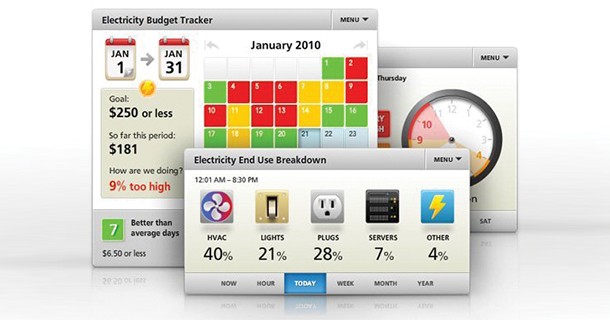And they plan on doing it through pressures in lending requirements. What comes of this partnership remains to be seen, but the goal is imminently sensible: to make apartments more energy efficient.
According to EPA, around a third of Americans live in apartments in multifamily buildings, and their energy bills add up to $22 billion a year. This is a sector that doesn’t get a lot of attention when it comes to improving efficiency–often, there’s little incentive for building owners to make such investments. But the possibilities are great, the EPA says:
“Housing industry studies have projected that multifamily properties can become 30 percent more efficient by 2020, unlocking $9 billion in energy savings and preventing more than 35 million metric tons of greenhouse gas emissions per year.”
EPA says the partnership with Freddie Mac flows from the president’s Climate Action Plan, and the agency pointed to three ways apartment energy efficiency gains might be made:
Freddie Mac will explore the collection of energy and water performance data from property owners during the loan underwriting and asset management processes.
By demonstrating the financial value of energy and water efficiency to lenders and borrowers, Freddie Mac hopes to be able to influence lending practices in ways that encourage investments in energy efficiency and make multifamily housing units more affordable.
EPA will assist Freddie Mac with these, and other, goals, by providing technical and educational support in the use of the Energy Star Portfolio Manager energy management and tracking tool as well as other Energy Star resources.
The EPA said it’s already been working with Fannie Mae and the U.S. Department of Housing and Urban Development on similar efforts and “this latest agreement with Freddie Mac is another critical step forward in meeting the President’s goal” of making multifamily buildings 20 percent more energy efficient by 2020.
Author: Pete Danko













